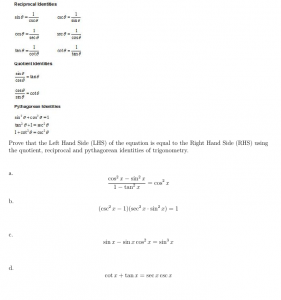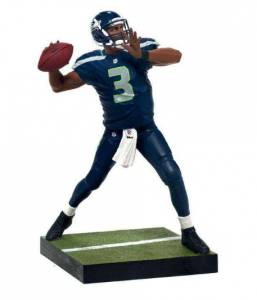Attached are the assessment commentary and solutions.
Author: borromed
HSN.Q.A – You said how much!?!
The construction of building Science 2 at Central Washington University completed September 2016. As I walked past the building the other day, I thought, how much did it cost in materials for this side of the building? There are many factors to consider when attempting to solve that problem by looking at this picture but for materials there are: brick and mortar, windows, doors and concrete. A possible task of this picture could be for students to determine the cost of the materials in the picture by HSN.Q.A.1 – Reason quantitatively and use units to solve problems. Given how much money per brick, how much money was spent on just bricks? Or it can be solved the other way by giving students the total cost of bricks then find the price per brick. In order to solve those problems, students will have to either count the bricks or do sections of areas. Even cost of labor could be incorporated into the equation for cost of the buildings side.
A teacher can take a picture of just about any construction of say a landscape or a parking lot and relate the problem of cost to unit conversions.
Going, going, GONE! HSF.TF.A.4
If you’ve ever played golf, when your on the fairway and you have a large distance to cover, you grab your lowest iron in the bag because the 3-iron has the lowest angle which will produce the largest horizontal distance. Similarly, if you want to get the largest vertical distance, you’ll grab a wedge with the higher angle. Using the Vernier projectile launcher, this activity will task students to use knowledge of the unit circle and cos/sin functions to verify their calculations of which angles will produce the largest horizontal/vertical distances for projectile motion. Teacher has flexibility of changing concept of cannon in activity to any projectile motion that comes to mind. A few are golf, baseball, soccer, a cannon, throwing rocks into the river, etc.
Will Russell Wilson be NFL MVP of 2016? HSA.CED.A.2
Since the 2016 NFL season is underway, I thought it would be cool to get students to do some math using Seattle Seahawks data. We will be evaluating Russell Wilson’s passing statistics: determining linear equations by hand, graphing the data and comparing to Microsoft Excel’s best fit line of the data. This could even be extended to lessons with other players like Bobby Wagner or even… Stephen Hauschka (Make that field goal next time buddy!).
Attached is a lesson plan and connected work sheet with rubric for a High School algebra class working on linear equations.
Math seen around the world

Are your students continually complaining, “When will I use this?” (referring to math concepts) Look no further than Realworldmath.org, where teachers can find pre-existing lessons on math in the real world utilizing Google Earth. Students can work independently on projects, developing problem solving skills and practicing content learned in their math classes. If a teacher wants to get real fancy, they can even create their own unique lesson using the tools that Google Earth offers.



